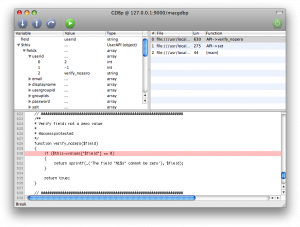Just to add to the speculation about the causes of the 2011 alarm clock bug of iOS where the one-time alarms would not activate on January 1 and January 2, 2011.
My guess is that the code that sets off the alarm takes day, month and year into account when checking whether the alarm should go off. But instead of using the “normal” year, an ISO-8601 year could have been used. This type of year is calculated by the number of the week (with Monday as the first day of the week), thus for the week 52 (from December 27, 2010 to January 2, 2011) the respective year remains 2010.
When setting the date to January 1, 2012, the alarm doesn’t go off as well (week 52 of 2011). This adds to my theory and also means that this hasn’t been a one-time issue and requires a bug fix by Apple.
